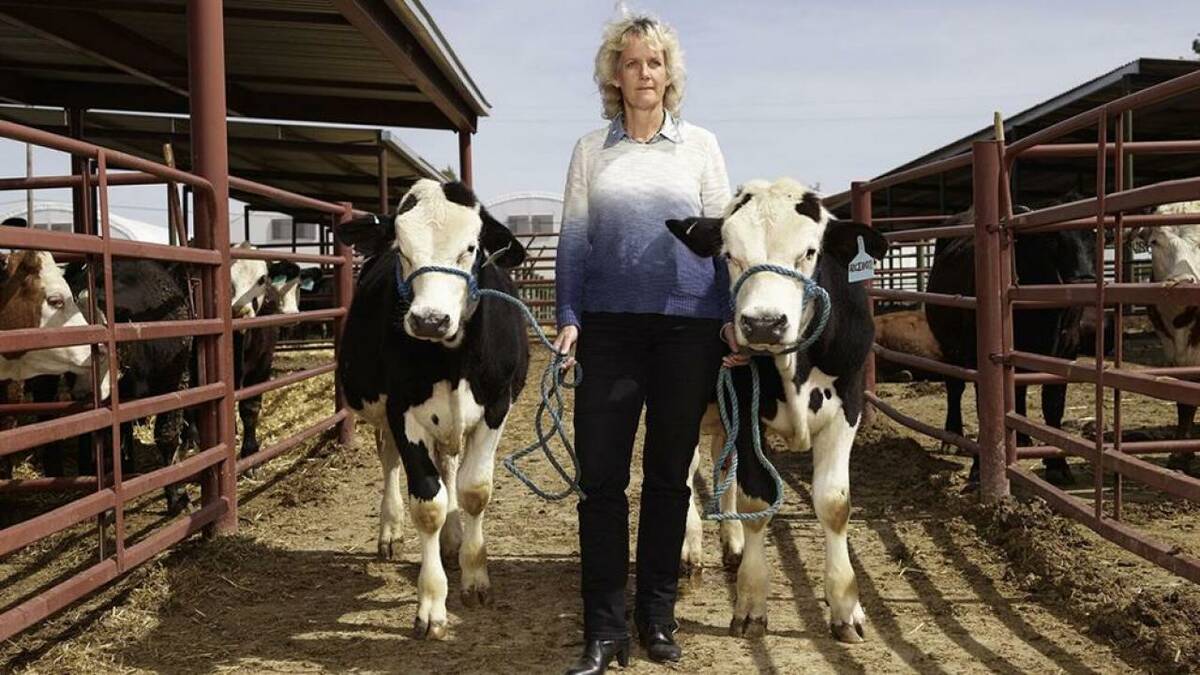Crop problems in other parts of the world have saved prairie farmers’ bacon this year, analysts say.
Without the drought in Russia and Ukraine, Western Canada’s big crop of low grades would have trouble finding buyers. Fortunately, Canadian grain will find buyers overseas willing to pay enough to move the crop off the Prairies.
“If the global shortfall wasn’t nearly so tight, we would have had a lot harder time disposing of it,” said Chuck Penner of LeftField Commodity Research in Winnipeg.
Read Also

Stacking Canada up on gene editing livestock
Canada may want to gauge how Argentina and other countries have approached gene editing in livestock and what that has meant for local innovation.
“They’re going to be a little more forgiving in terms of quality.”
No one yet has a good grasp of the quality breakdown of the Canadian harvest, with many crops still in the field and farmers not yet sure what qualities they have in the bin.
Statistics Canada issued a production report Oct. 4, estimating a Canadian crop of 22.21 tonnes of wheat, 10.43 million tonnes of canola, 8.26 million tonnes of barley, 3.04 million tonnes of durum and 2.32 million tonnes of oats.
But that estimate was based on a survey done in early September, so the market quickly shrugged it off and returned to fretting about quality as opposed to gross quantities.
“It’s still pretty much up in the air,” said broker Ken Ball of Union Securities.
“I don’t think anybody has a good handle on it.”
It is usually difficult to move feed quality crops in the winter because their low price combined with transportation charges tend to keep them out of the world market.
But this year, problems here are being matched by problems overseas, and that’s opening up export possibilities.
Penner said peas intended for the Indian food market may now end up in the European feed market if their quality has been downgraded.
“For that combination to work, you need a combination of higher feed value in Western Europe and lower quality in Western Canada, and that’s what we’ve got,” said Penner.
In other crops, buyers will be forced to buy Canadian crops for food even if the quality has fallen to feed levels.
“I think they’ll be able to make the lower quality (lentils) work into areas, simply because there isn’t much supply elsewhere,” said Penner.
The greatest decline in world crop production has occurred in the former Soviet Union’s grain-growing area.
That has lifted world wheat prices and made an opening for others to move feed wheat and barley into the world market, a place prairie farmers haven’t been able to sell much grain to in recent years.
Both the U.S. Department of Agriculture and Allendale Inc. forecast world wheat ending stocks will fall to about 178 million tonnes at the end of the 2010-11 crop year from about 196 million tonnes in August 2010.
Rich Nelson of Allendale said that opens the door to many export opportunities that prairie farmers wouldn’t otherwise have, but the opportunity may be limited by competition from other farmers in the world who have had crop troubles and similar downgrading.
“You guys may have a little window on the wheat, for feed grade wheat, but I don’t know if it’s going to last a long time,” said Nelson.















